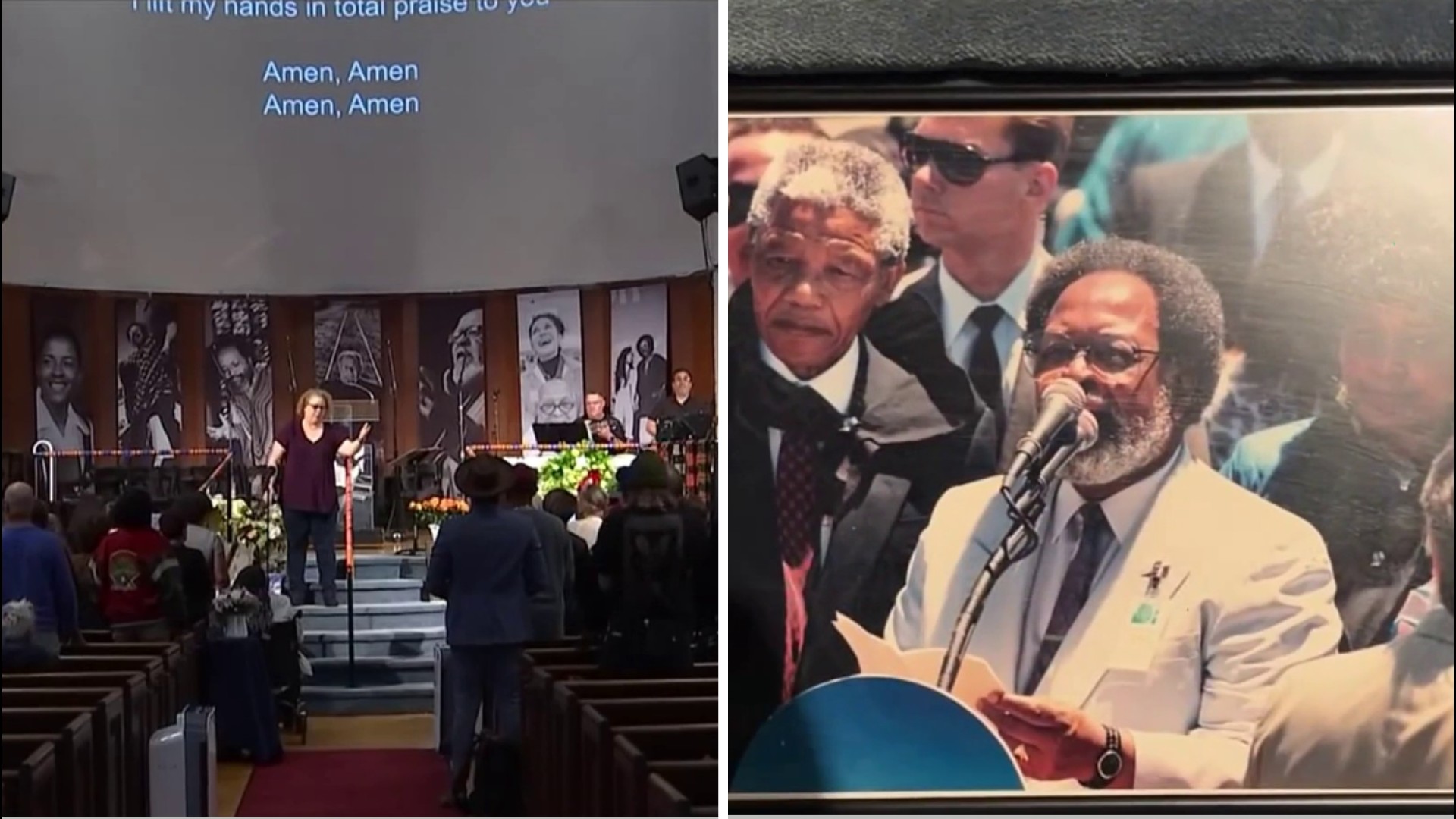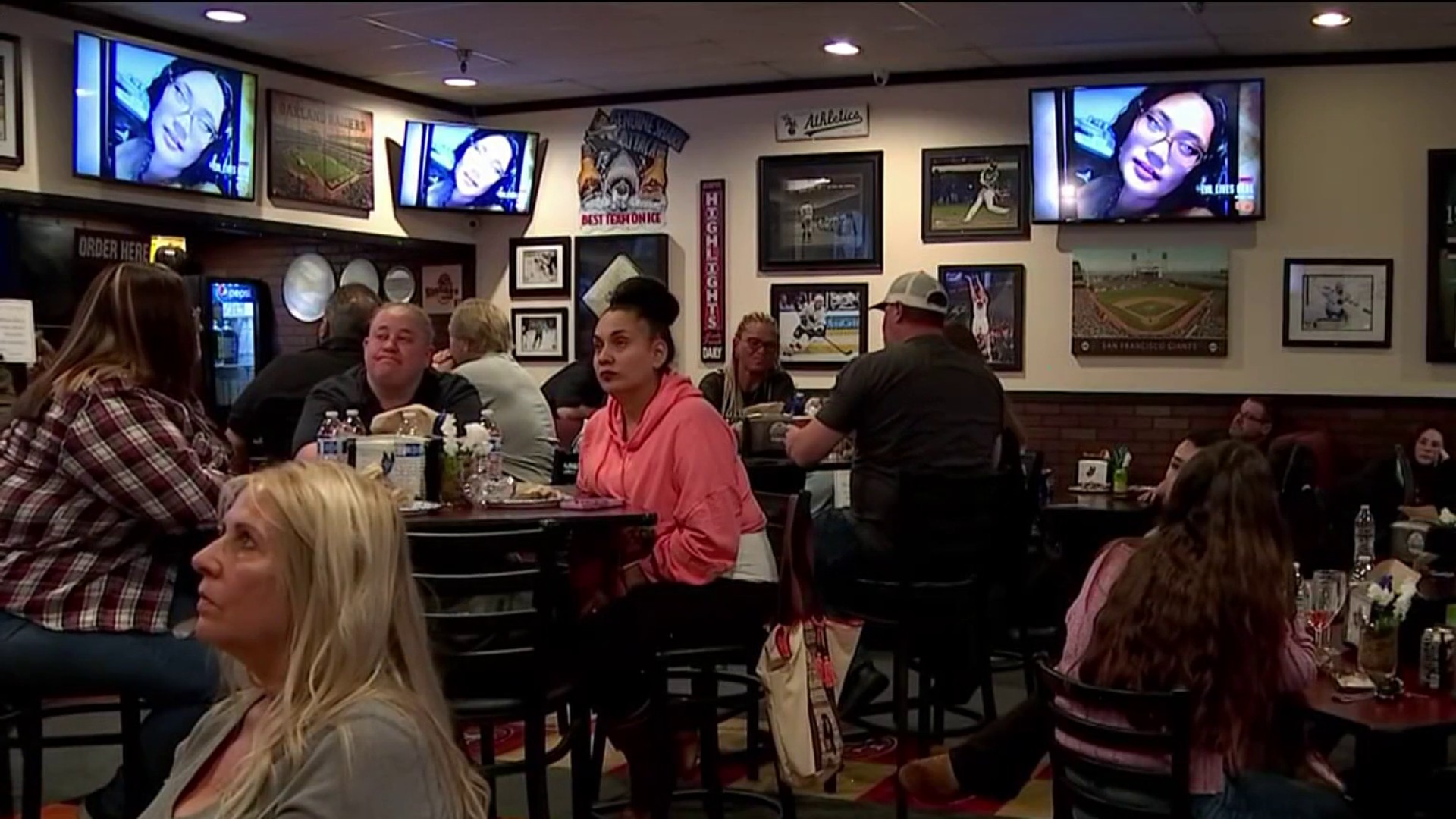The law enforcement equipment company TASER announced Tuesday morning it had sold 160 wearable video cameras to the Bay Area Rapid Transit police for between $700 and $1,000 each.
The Axon Flex devices are lightweight cameras that can be clipped to a uniform or even attached to a pair of sunglasses.
The device records what an officer sees -- though the officer can turn it off and on. The officer cannot delete or otherwise edit a recording.
BART police have been at the center of several recent controversies, including the shooting deaths of Oscar Grant and Charles Hill.
The Grant shooting was caught on video by passengers using cell phones and other cameras and clearly showed BART officer Johannes Mesherle shooting the defenseless Grant.
Video of the Hill shooting is much less clear. It was caught by security camera and much of the incident occurs off camera. Video of the shooting can be seen on YouTube.
The new wearable cameras would have caught both incidents much more clearly, assuming the officers turned them on.
Local
TASER CEO Rick Smith declined to speak about specific police agencies' reputations, but says most organizations see the cameras as a positive.
"The chief of Fort Worth (Texas) says its an opportunity to be caught doing good" he said.
Agencies which record officers on video see far fewer civilian complaints -- both because the officers tend to be on their best behavior and because some civilians choose to drop their complaints when presented with video evidence.
"When something goes wrong, there's mistrust," Smith said. "Agencies can tell the community, 'Look, we will record everything so there is no doubt.'"
The Flex cameras are a newer version of cameras worn by the San Jose Police Department. The new cameras can be upgraded to stream video live, meaning an administrator back at headquarters could watch his officers live as they patrolled.
Smith points to emergencies like the San Bruno explosion or the 9/11 attacks, where the scope of the emergencies were not immediately clear to public safety leaders.
"If the first officer can actually stream what's going on," says Smith, decisions can be made much quicker.
The streaming capabilities will be downloaded to the cameras in the next six months, according to TASER. The signal will go from the camera to an officer's cell phone via Bluetooth and then to a server inside the police department.



